For bird enthusiasts, few sights are more disheartening than watching a neighborhood cat stalking the feathered visitors at a carefully maintained bird feeder. The conflict between domestic cats and wild birds represents a significant conservation challenge, with billions of birds falling victim to cat predation annually. While many cat owners allow their pets to roam freely outdoors, bird lovers seek effective, humane solutions to protect their feathered friends without harming felines. This article explores proven strategies for keeping cats away from bird feeders, the ecological importance of doing so, and how to balance the needs of all creatures in our shared outdoor spaces.
Understanding the Scale of the Problem
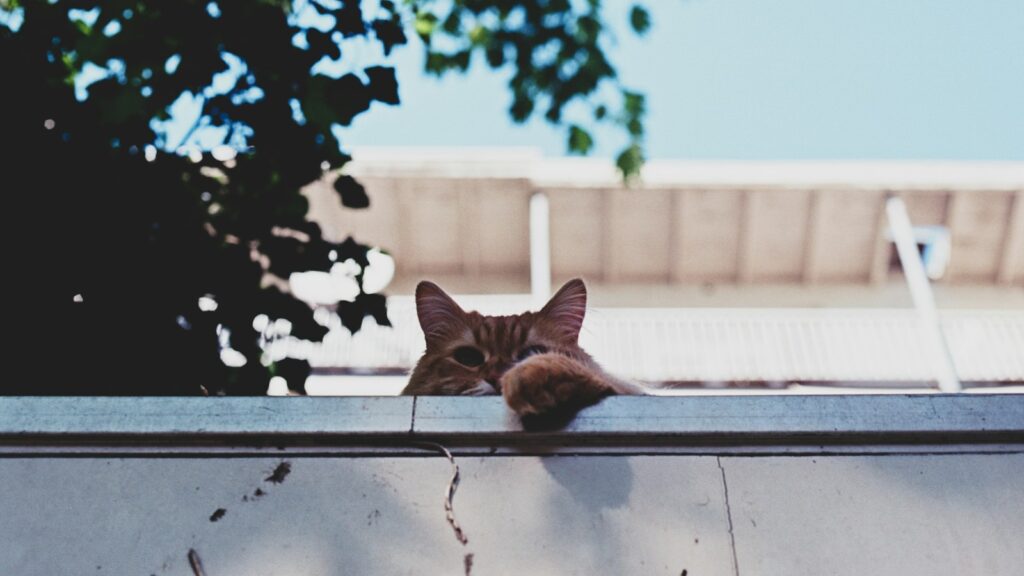
The impact of domestic cats on bird populations is staggering and well-documented by scientific research. According to studies from the Smithsonian Conservation Biology Institute, free-ranging domestic cats kill an estimated 1.3-4.0 billion birds annually in the United States alone. This makes cats the single greatest human-caused threat to birds, surpassing even habitat loss and collisions with structures. The problem is particularly acute during nesting season when fledglings are especially vulnerable and during winter months when birds concentrate around feeders. For backyard birders who create sanctuaries for wild birds, the presence of hunting cats undermines conservation efforts and creates a genuine ethical dilemma between supporting wildlife and respecting neighborhood pets.
The Cat Owner’s Perspective
Many cat owners genuinely believe outdoor access benefits their pets’ mental health and natural behaviors. Cats are natural hunters with deeply ingrained predatory instincts that date back thousands of years before domestication. When allowed outdoors, cats engage in behaviors like stalking, climbing, and exploring that satisfy their evolutionary drives. Some owners may be unaware of the ecological impact their pets have or may feel their individual cat’s contribution to bird mortality is negligible. Others might recognize the issue but struggle to keep their cats indoors after establishing outdoor routines. Understanding this perspective helps bird enthusiasts approach the problem collaboratively rather than antagonistically when working with cat-owning neighbors.
Optimal Feeder Placement Strategies
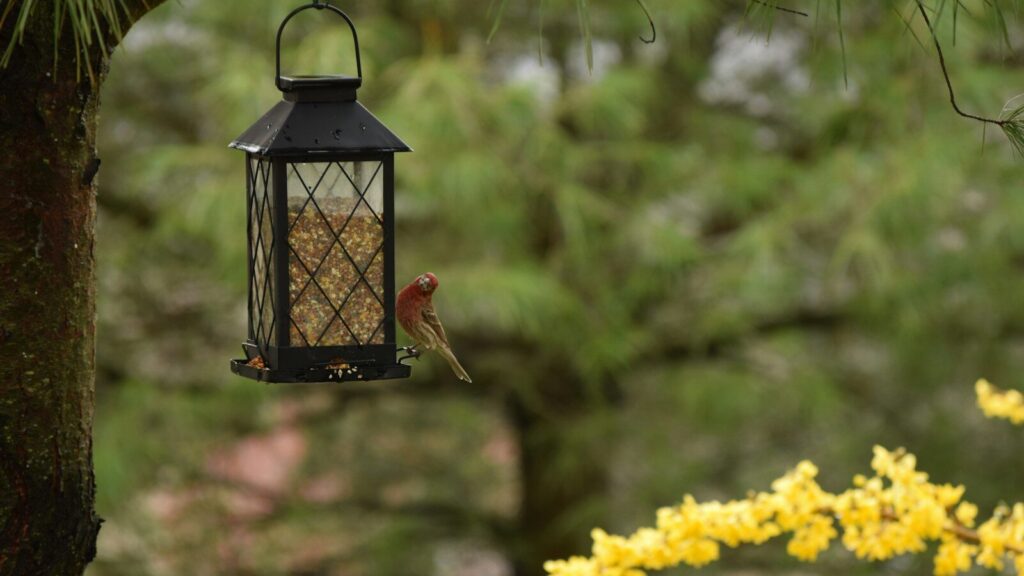
Strategic feeder placement represents the first line of defense against feline hunters. Bird feeders should be positioned at least 10-12 feet away from any structures, shrubs, or trees that cats could use as launching pads for ambush attacks. Installing feeders on tall, smooth poles makes them difficult for cats to climb, especially when equipped with quality baffle guards that prevent scaling. Consider hanging feeders from tree branches using thin wire at heights of at least 7-8 feet, ensuring the distance from jumping points exceeds a cat’s leaping capacity. The surrounding area beneath feeders should be kept clear of dense vegetation where cats might hide, creating an open “safety zone” that makes approaching predators visible to feeding birds.
Effective Physical Barriers
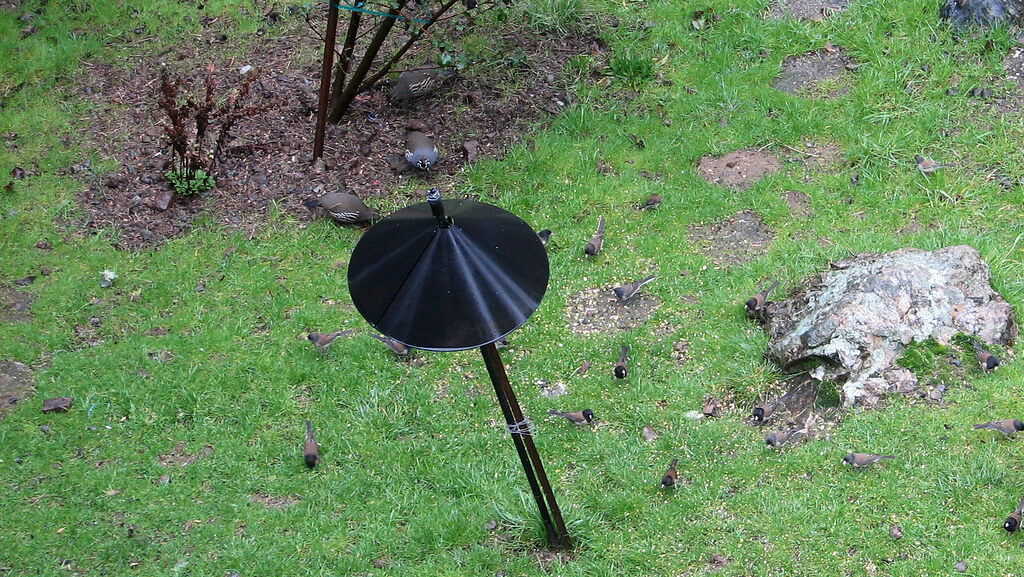
Physical barriers provide reliable protection for feeding stations when properly implemented. Commercial baffles come in dome or cylindrical designs that can be mounted below hanging feeders or on poles to prevent climbing. For pole-mounted feeders, install baffles at least 4-5 feet above ground level and ensure they’re wide enough (at least 15-18 inches in diameter) to deter even the most determined feline acrobats. Some bird enthusiasts construct more elaborate protective enclosures using chicken wire that allows birds to enter while excluding larger predators. Specialty products like “Cat Deterrent Fence Toppers” can be adapted for use around feeding stations, creating angled barriers that cats find difficult to navigate. These physical solutions work continuously without requiring regular maintenance beyond occasional inspections for damage.
Motion-Activated Deterrents

Technology offers increasingly sophisticated options for keeping cats at bay while birds feed peacefully. Motion-activated sprinklers like the popular “Scarecrow” brand detect approaching cats and deliver a harmless but startling spray of water that conditions felines to avoid the area. Modern ultrasonic deterrents emit high-frequency sounds audible and unpleasant to cats but generally imperceptible to humans and most birds. Some advanced systems offer combination approaches with both visual and auditory deterrents triggered by motion sensors. These devices typically allow sensitivity adjustments to prevent false triggering by smaller animals or birds themselves. The effectiveness of these solutions often improves over time as cats learn to associate the feeding area with unpleasant experiences, eventually redirecting their hunting behaviors elsewhere.
Natural Deterrents and Garden Design
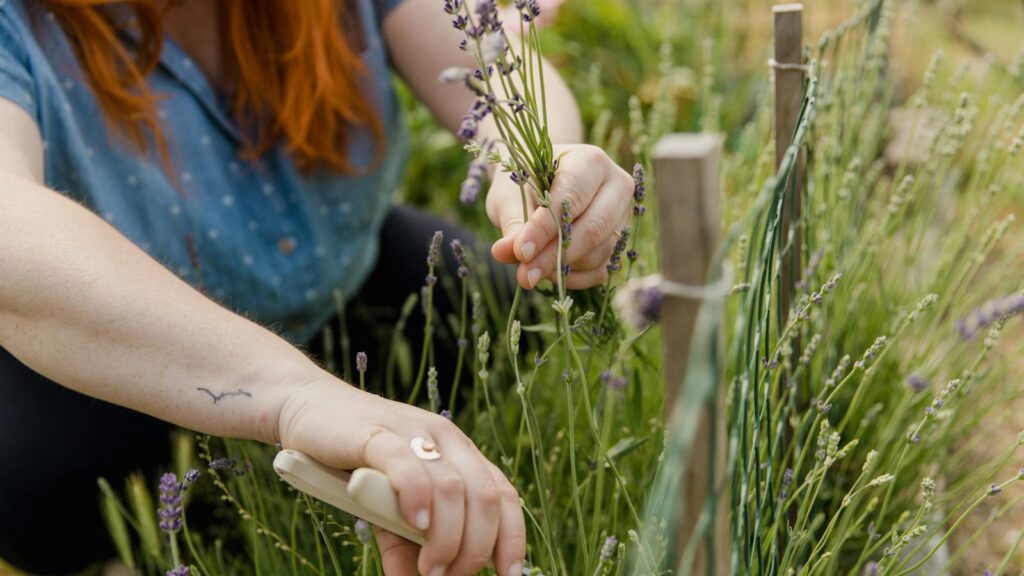
Certain plants and garden design elements naturally discourage cats from frequenting bird feeding areas. Aromatic herbs like rue, lavender, rosemary, and Coleus canina (aptly nicknamed “Scaredy Cat Plant”) emit scents cats typically find offensive. Strategic planting of thorny shrubs like roses or barberry creates natural barriers around feeding zones. Many experienced birders incorporate materials cats dislike walking on, such as eggshells, pine cones, or specialized “scat mat” products with harmless plastic spikes around the base of feeder stations. Creating designated rest areas for birds that include dense, protective shrubbery positioned away from feeders provides quick escape routes and shelter from attacking predators. These natural approaches blend seamlessly into garden aesthetics while providing effective protection.
Commercially Available Repellents

The market offers numerous commercial repellents designed specifically to deter cats from particular areas. Granular repellents containing predator urine compounds or citrus oils can be scattered around feeder bases, creating an invisible boundary most cats refuse to cross. Liquid sprays formulated with essential oils like citronella, eucalyptus, and lemongrass provide temporary deterrence when applied to surfaces near feeding stations. Some newer products use synthetic pheromones that mimic territorial markers from other animals, triggering cats’ instinctive avoidance responses. The effectiveness of these products varies considerably between individual cats and environmental conditions, with most requiring regular reapplication after rain or heavy dew. Bird enthusiasts should select products specifically labeled as safe for wildlife and follow application instructions carefully to avoid unintended consequences.
Constructing Cat-Proof Feeding Stations
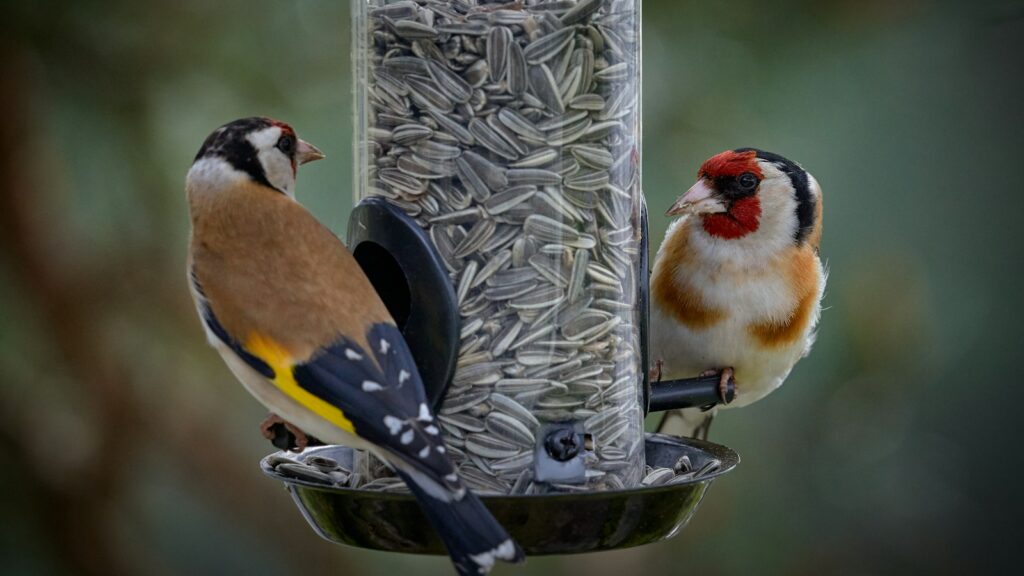
For those willing to invest additional effort, purpose-built feeding stations provide exceptional protection for visiting birds. Wire cage enclosures with openings sized specifically for smaller birds exclude not only cats but also larger bully birds that might monopolize feeders. Window-mounted feeders placed at least 3-4 feet above ground level offer excellent visibility for human observers while remaining inaccessible to ground-based predators. Some innovative designs incorporate overhanging roofs that extend significantly beyond the feeding platform, preventing cats from reaching birds even if they manage to climb nearby structures. These specialized stations can be purchased commercially or constructed as DIY projects using materials like PVC pipe, hardware cloth, and plexiglass, with many free plans available online for birders with basic building skills.
Working With Cat-Owning Neighbors
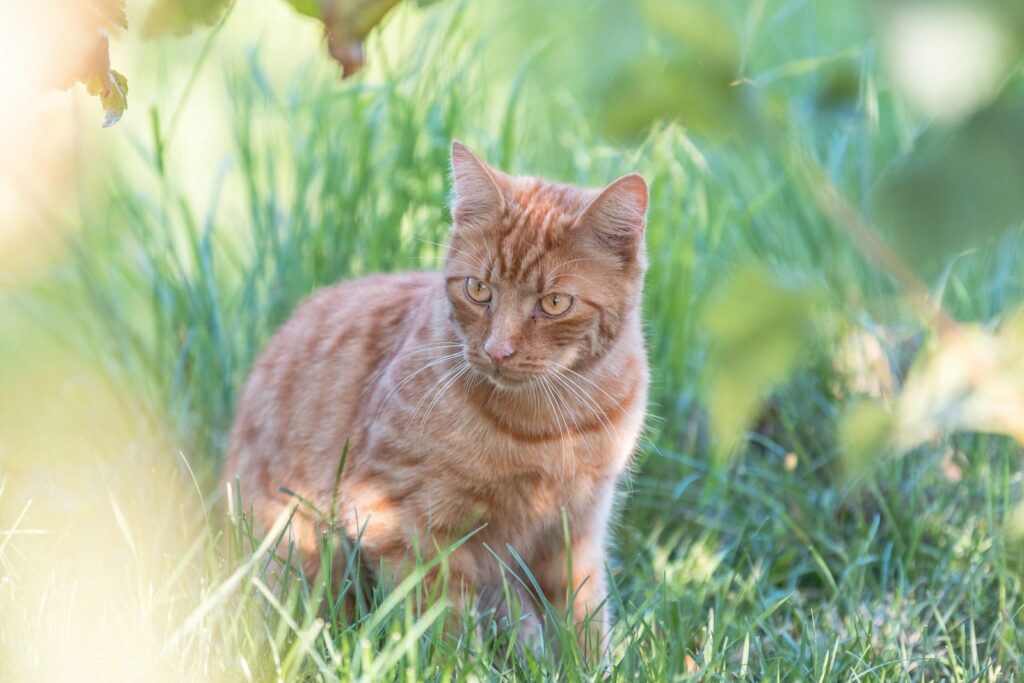
Addressing neighborhood cats requires diplomatic communication with their owners for lasting solutions. Approach conversations respectfully, focusing on shared values like animal welfare rather than accusations about their pet’s behavior. Provide educational materials about the ecological impact of outdoor cats and the many benefits of keeping cats indoors or in controlled outdoor environments like catios. Some communities have successfully implemented volunteer-led programs that help cat owners gradually transition outdoor cats to indoor lifestyles through enrichment activities and behavioral modification techniques. Offering to split costs for deterrent systems or helping install cat-proof fencing can demonstrate good faith and create win-win solutions. Remember that most cat owners care deeply about wildlife too, but may not fully understand the impact their pets have.
The Case for Keeping Cats Indoors
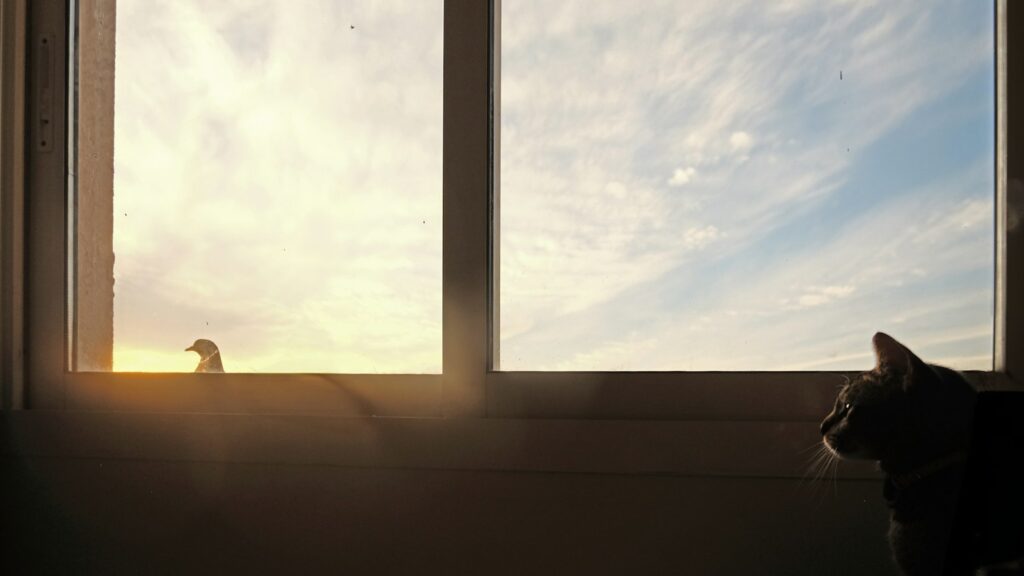
Indoor lifestyles benefit not only wild birds but also the cats themselves. Indoor cats typically live 3-5 times longer than outdoor-roaming cats, avoiding dangers like vehicle collisions, predation from larger animals, disease transmission, and human cruelty. Modern cat enrichment options include elaborate climbing trees, interactive toys, viewing perches, and even outdoor enclosures that satisfy natural behaviors without allowing free roaming. Many veterinary organizations, including the American Veterinary Medical Association, now recommend keeping cats indoors exclusively. Studies show that cats born and raised indoors generally show high contentment levels when provided with adequate enrichment, exercise, and companionship. For bird lovers who also own cats, this “indoor solution” represents the most effective approach to protecting wild birds while simultaneously safeguarding beloved feline companions.
Timing Bird Feeding Strategically
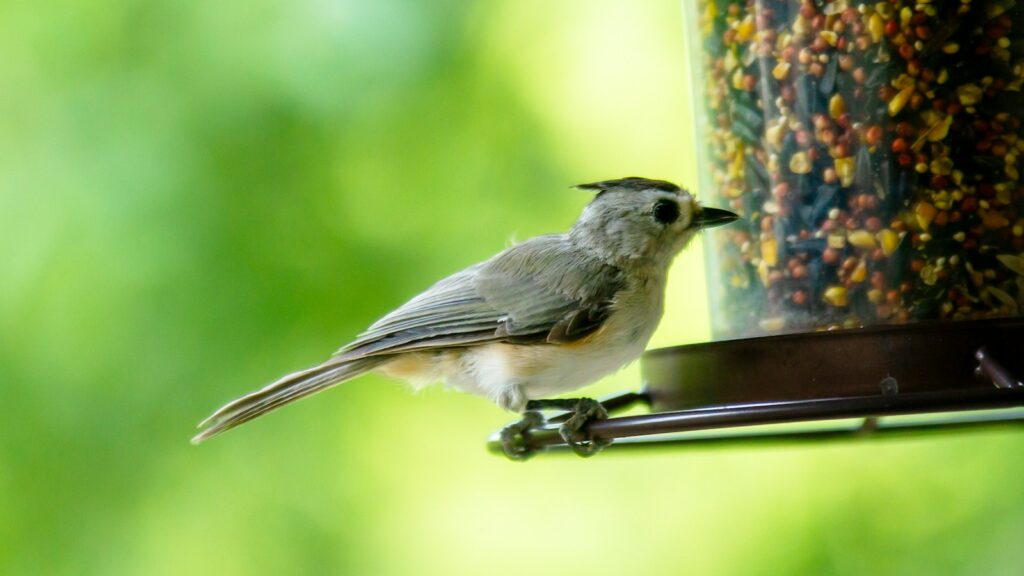
Strategic timing of bird feeding activities can significantly reduce cat predation opportunities. Most domestic cats are crepuscular hunters, meaning they’re most active at dawn and dusk, though individual patterns vary. Filling feeders mid-morning after cats’ prime hunting hours can help reduce dangerous encounters. Some bird enthusiasts implement seasonal adjustments, providing more frequent feeding during winter months when natural food sources are scarce but birds are more alert due to leafless vegetation. Consider temporarily suspending feeding during spring nesting season when adult birds are intensely focused on gathering food for offspring and may be less vigilant about predators. Automated feeders with timers allow precise control over when food becomes available, potentially limiting access to hours when neighborhood cats are typically indoors.
Legal and Community Solutions
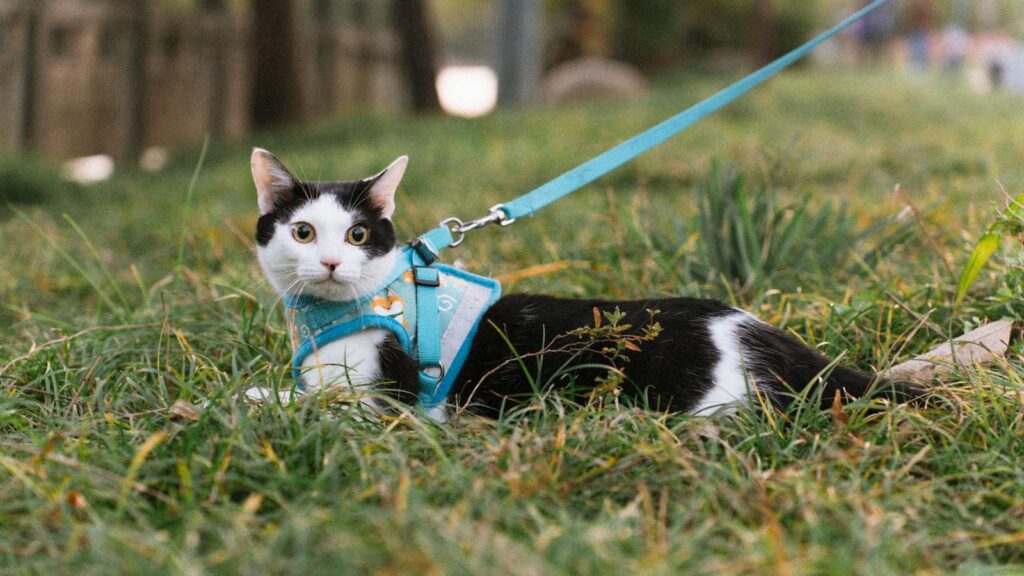
Many communities have implemented larger-scale solutions to address the cat-bird conflict through legislation and community programs. Over 700 municipalities across North America have enacted ordinances restricting free-roaming cats, requiring licenses, or implementing “leash laws” for cats similar to those for dogs. Trap-Neuter-Return (TNR) programs help manage feral cat populations humanely while preventing population growth, though debate continues about their effectiveness for protecting birds. Some progressive communities have established designated cat-free zones around sensitive wildlife areas including bird sanctuaries. Bird conservation organizations increasingly offer grants to communities implementing comprehensive approaches combining education, spay/neuter services, and responsible pet ownership campaigns. Individual bird enthusiasts can support these broader efforts through advocacy, volunteering, and participation in citizen science projects that document both bird populations and cat predation events.
Creating Bird-Friendly, Cat-Safe Compromises
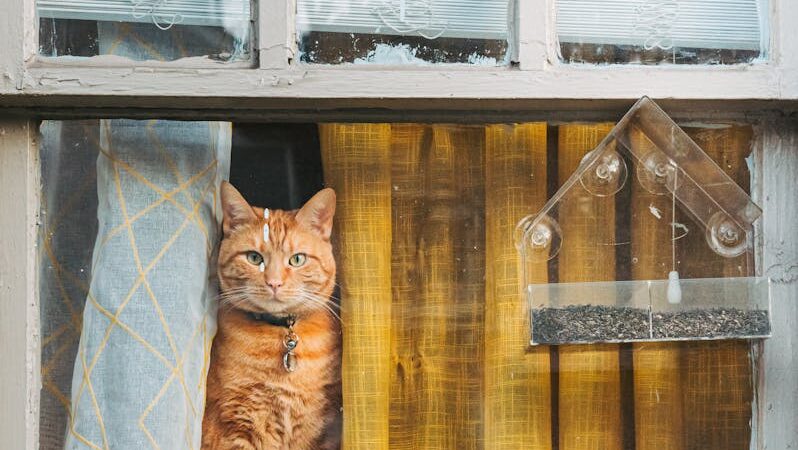
The most successful long-term solutions often involve thoughtful compromises that acknowledge the needs of all stakeholders. Designating specific areas of yards as bird sanctuaries with comprehensive protection measures while allowing cats access to other portions creates functional boundaries that can satisfy both interests. Working with willing cat owners to establish scheduled outdoor access times for their pets that don’t conflict with peak bird feeding periods represents another workable compromise. Some communities have successfully implemented “bird gardens” in public spaces with both effective cat exclusion measures and educational signage explaining the ecological importance of these protected areas. These balanced approaches recognize that both cats and birds have legitimate places in our communities, but their interactions require mindful management to prevent unnecessary wildlife losses.
Monitoring and Adapting Your Strategy
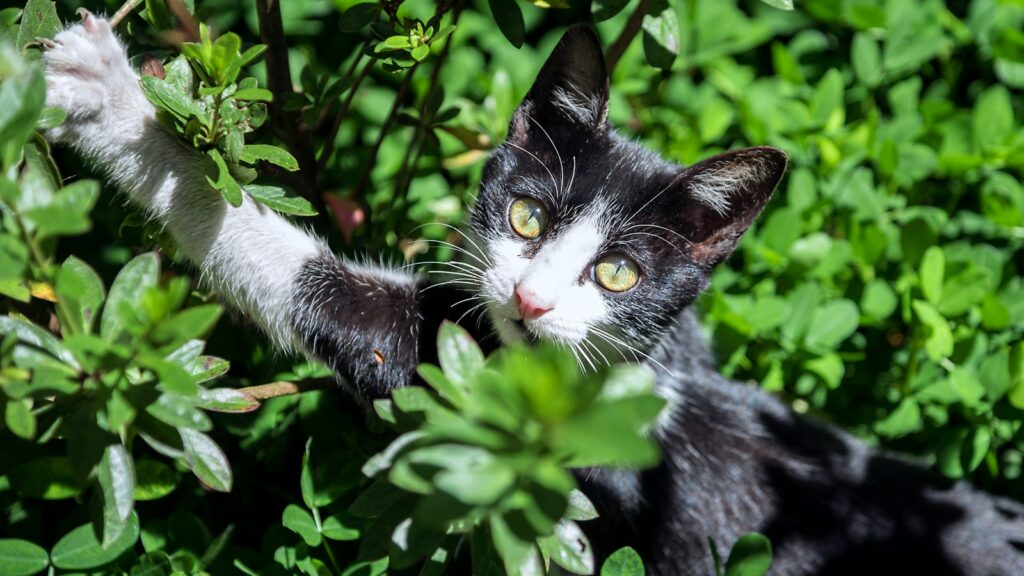
Effective cat deterrence requires ongoing observation and willingness to modify approaches based on results. Install trail cameras near feeding stations to document which deterrents are working and which cats might be circumventing your protections. Keep a journal noting bird visitation patterns, cat sightings, and the effectiveness of various measures to identify trends over time. Recognize that determined cats may eventually overcome single deterrent methods, necessitating combination approaches that engage multiple senses simultaneously. Some bird enthusiasts organize neighborhood monitoring networks that share information about roaming cats and collectively implement protection measures across multiple properties. This adaptive management approach acknowledges that both cat behavior and bird needs change seasonally, requiring flexibility and persistence rather than one-time solutions.
Conclusion
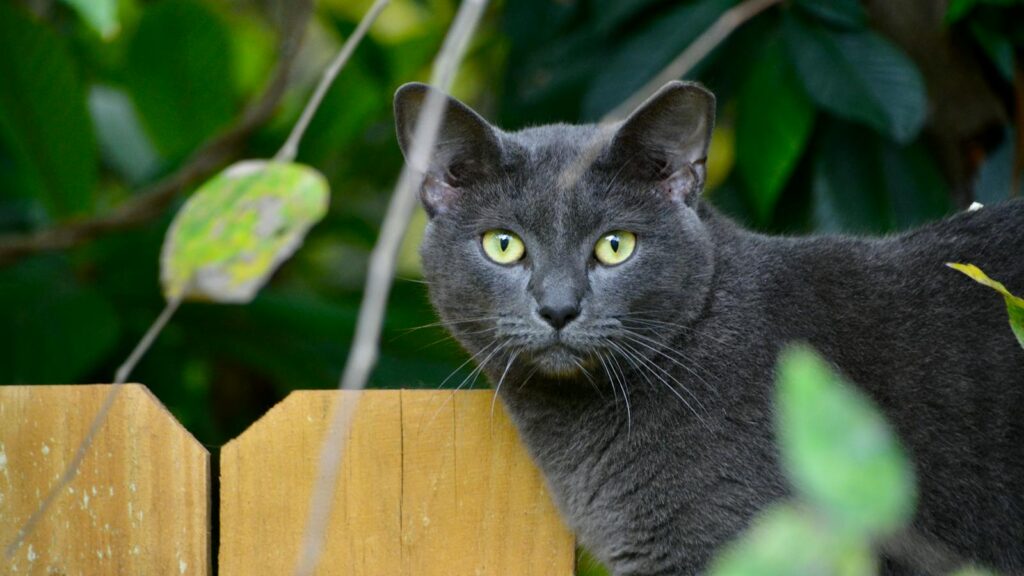
Protecting bird feeders from cats represents more than a simple backyard challenge—it reflects a broader need to balance human activities, pet ownership, and wildlife conservation. By implementing a layered approach using strategic feeder placement, physical barriers, deterrents, and community engagement, bird enthusiasts can create safer feeding environments while respecting the interests of cat owners. The most successful solutions typically combine practical measures with education and collaboration, recognizing that lasting change requires addressing both immediate predation threats and the underlying issue of free-roaming cats. For bird lovers, these efforts deliver the double reward of increased bird activity and the knowledge that their feeding practices contribute positively to conservation. With patience and persistence, it’s possible to create outdoor spaces where birds can feed safely while neighborhood relations remain positive and respectful.
